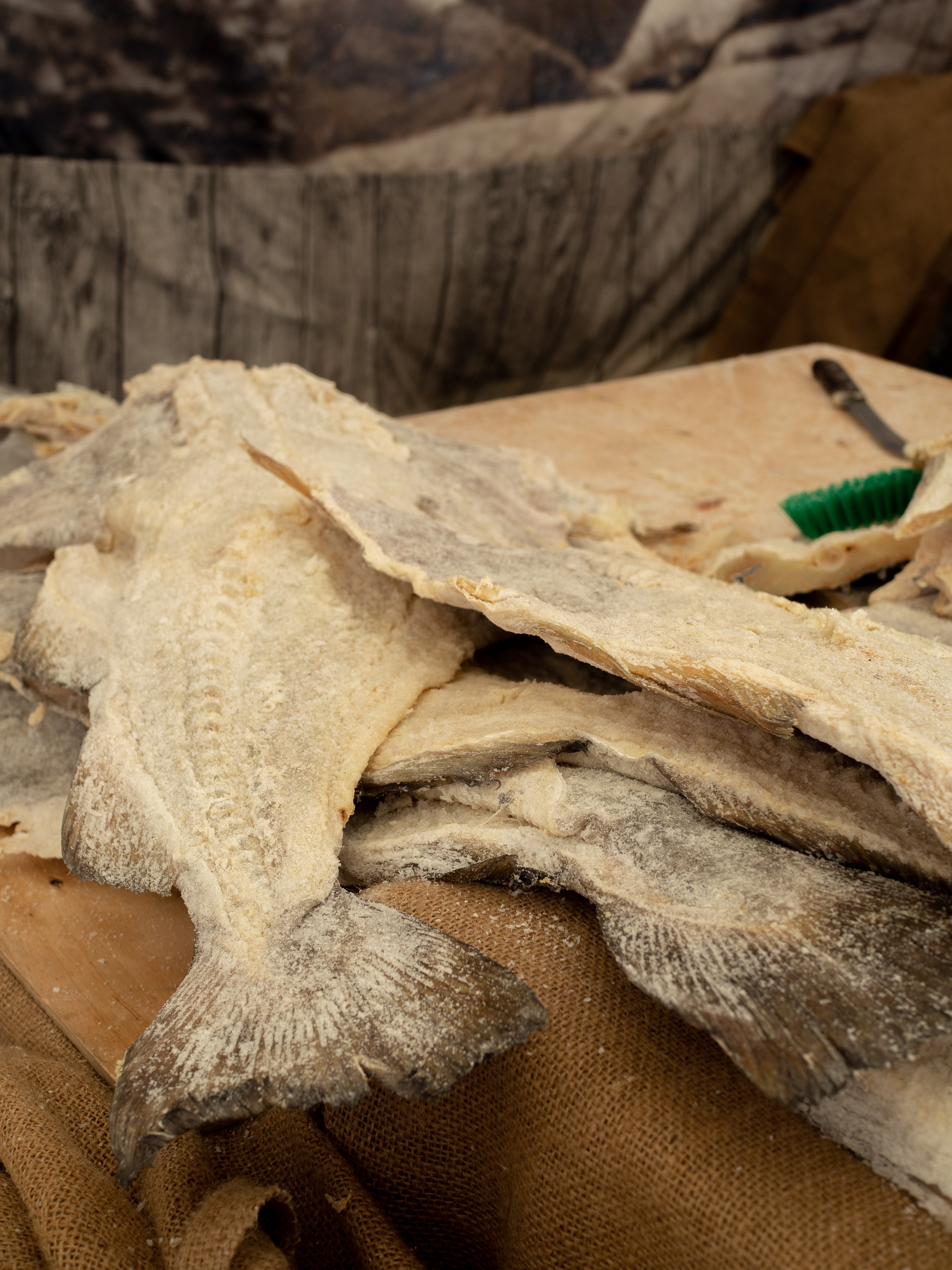 Stacks of dried cod, butterflied and doused with salt, are one of the most iconic images you will find along Norway’s coastline and in traditional food markets across the region. Although their earthy tones may not immediately attract the eye, their very existence tells a deep history of Norwegian traditions and a commerce that has shaped Norway’s economy.
Stacks of dried cod, butterflied and doused with salt, are one of the most iconic images you will find along Norway’s coastline and in traditional food markets across the region. Although their earthy tones may not immediately attract the eye, their very existence tells a deep history of Norwegian traditions and a commerce that has shaped Norway’s economy.
Drying cod with the wind and sun has been a preservation technique for a long time, reaching as far back to the stone age. Tørrfisk (the Norwegian name for dried cod) became an important resource for trade and already by the 1100s it was the most important export for Norway. It was not until centuries later that the use of salt in preserving cod would enter the market. This is due in part to salt being in limited supply until the 1700s when salt could then be imported much cheaper. While extracting salt from seawater was always a possibility, the process was incredibly labor-intensive and not worth the amount of effort or energy. The salted and dried cod was referred to as klippfisk (“cliff fish”) as it was dried along the coastline’s cliffs.
Klippfisk became a major export, popular in the Mediterranean countries and in Central and South America, to name a few. Consumption of klippfisk was minimal in Norway compared to its exports. This can be seen today where there are far fewer traditional dishes in Norway using klippfisk, yet dishes outside of Norway are diverse with accents of flavours from the regions they come from. One particular example of this is is brandade, a French dish that is the inspiration behind my recipe for baked salt cod.
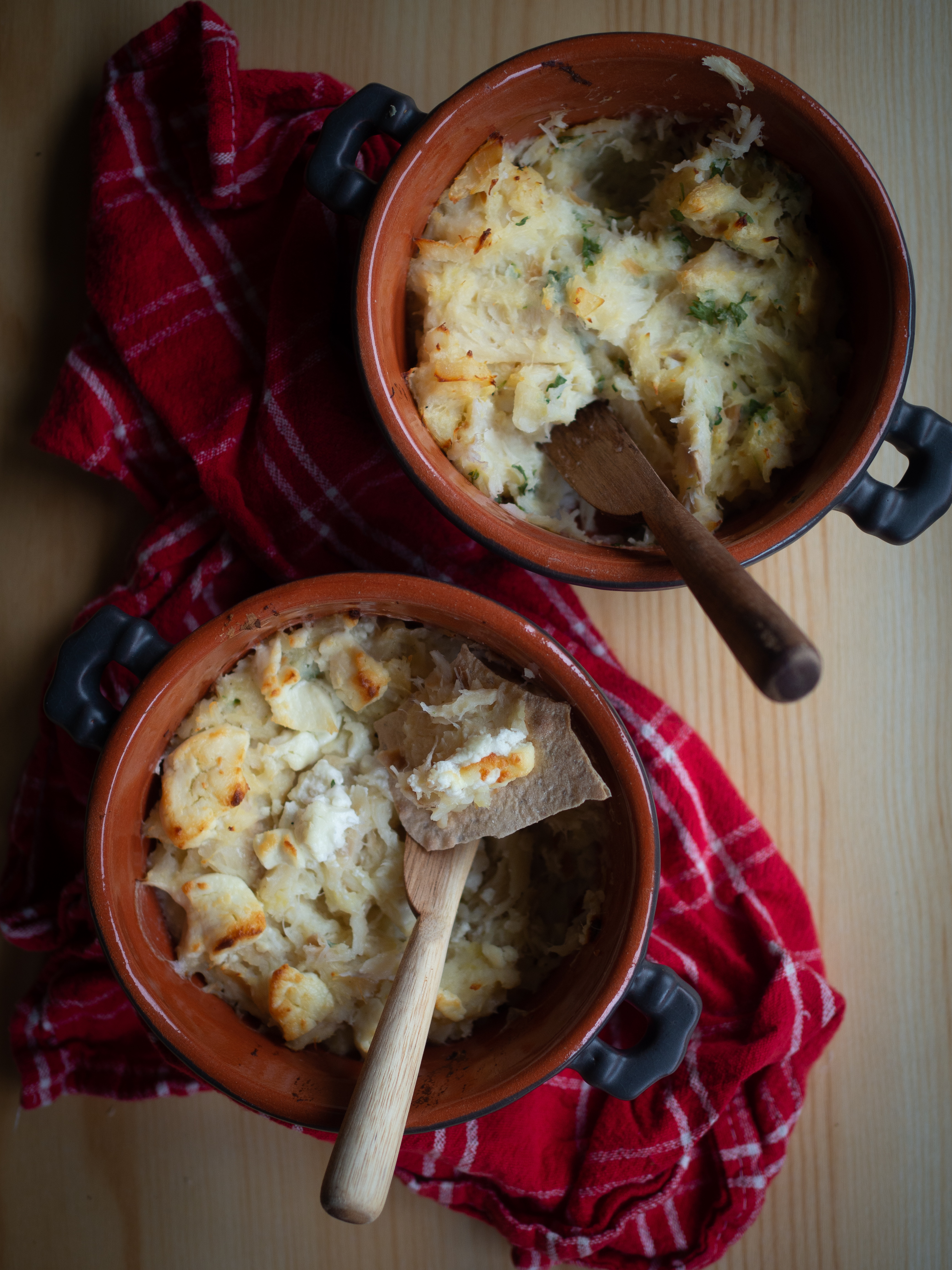
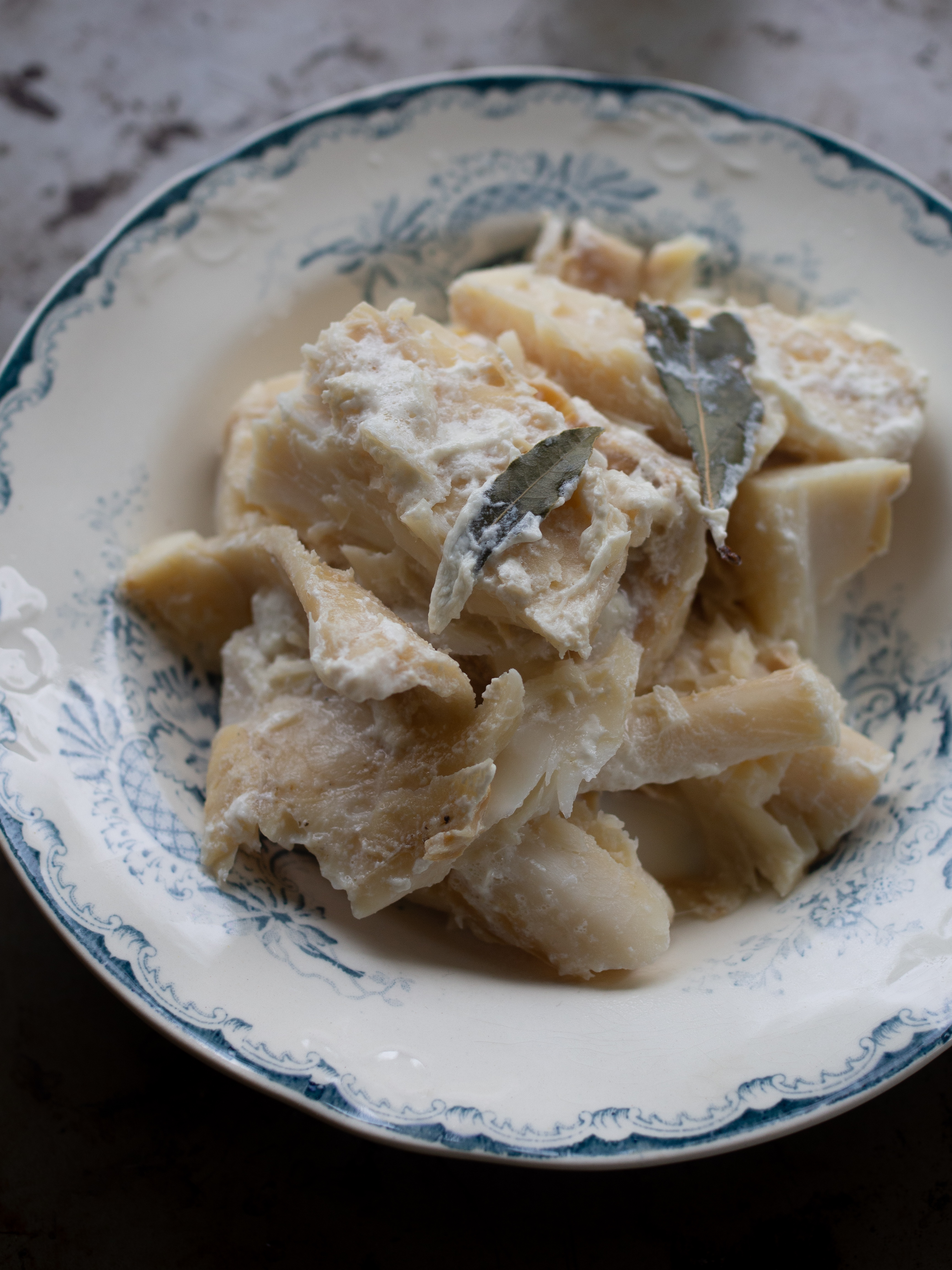 Brandade is a French dish deriving from the city of Nimes that spread in popularity to become common in other regions as well. The dish originally consisted of salt cod blended with olive oil to create a smooth paste, however, other areas adapted the recipe to include ingredients such as potatoes, herbs, cream, garlic, and lemon juice.
Brandade is a French dish deriving from the city of Nimes that spread in popularity to become common in other regions as well. The dish originally consisted of salt cod blended with olive oil to create a smooth paste, however, other areas adapted the recipe to include ingredients such as potatoes, herbs, cream, garlic, and lemon juice.
Brandade is also enjoyed here in Norway, very much kept to its French roots. In my recipe, I omit the use of oil and rather blend salt cod, baked potatoes, and celeriac with only warm milk to create a smooth constancy. I wanted to keep it simple and represent a dish that is more natural to the Norwegian cuisine (albeit a little lemon zest that is tossed into one of the variations). Rather than serving it with toasted bread, I use hearty flatbread (flatbrød). Celeriac adds a nice sweetness and contrast, while topping it with a soft goat cheese brings in a delightful tang and consistency.
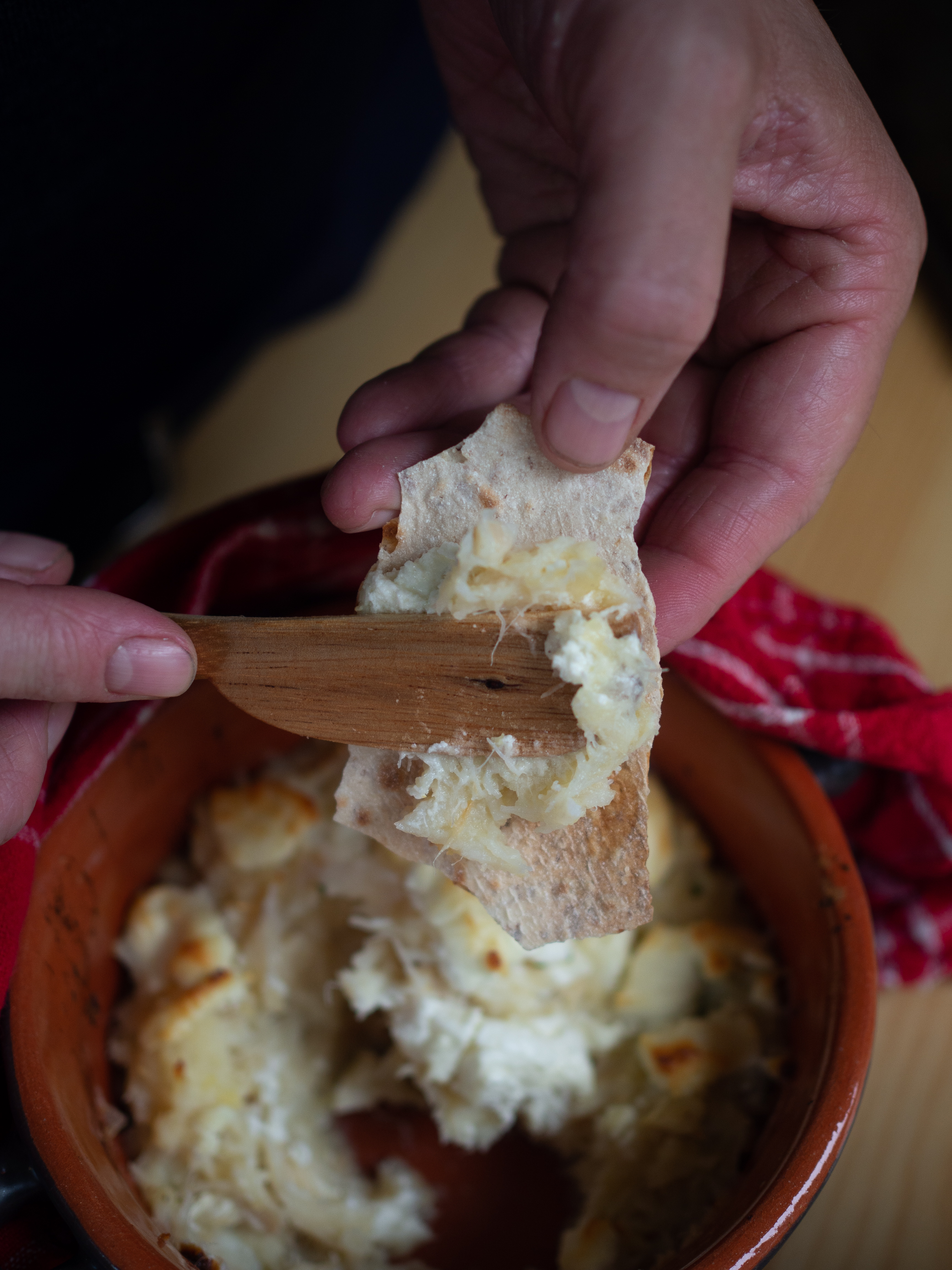 A dish like this is meant to reflect personal preference and flavor. Therefore, I have made two variations: one topped with soft goat cheese and the other with lemon zest and parsley mixed in. This way, you can pick and choose which flavors you prefer, combine them all into one, or use the base to add in your own favorite herbs and cheeses. You can also boil the potatoes and celeriac rather than roast them to save time if you wish.
A dish like this is meant to reflect personal preference and flavor. Therefore, I have made two variations: one topped with soft goat cheese and the other with lemon zest and parsley mixed in. This way, you can pick and choose which flavors you prefer, combine them all into one, or use the base to add in your own favorite herbs and cheeses. You can also boil the potatoes and celeriac rather than roast them to save time if you wish.
Baked Salt Cod with Potatoes and Celeriac (klippfisk med sellerirot- og potetmos)
Serves 8
- 400 g (just under 1 lb) boneless salt cod loins
- 200 g (about ½ lb or 2 small potatoes) starchy potatoes
- 250 g (just over ½ lb) celeriac
- 500 ml (approximately 2 cups) whole milk
- 2 bay leaves
- Salt and pepper
- 50 g (1 ¾ ounces) soft goat cheese
- 2 tablespoons chopped parsley
- Zest of 1 lemon
Place the cod loins in a large pot and cover with fresh water. Place a lid on top and set aside to soak for 24 hours, changing the water twice during that time.
Bake the potatoes and celeriac in the oven at 350°F / 180°C for 1 hour or longer, until easily pierced with a knife. The potatoes may finish sooner than the celeriac, just remove them from the oven to cool and continue cooking the celeriac. When both are cooked through, split open the skins and scoop out the flesh. Run the potato and celeriac flesh through a ricer twice (or use a potato masher), until smooth and lump free and place in a large bowl.
Take the cod that has been soaking for 24 hours and drain it. Give the pot a good wash and place the cod loins back into it. Pour the milk over the cod and add the bay leaves. Over medium heat, cook until the fish can be easily flaked off, 8-10 min. Remove the loins and flake with a fork, reserving the warm milk. Add the cod pieces to the potato and celeriac mash and gently fold together. Pour in about ½ cup of the warm milk and combine until really moist and smooth. You can add more or less milk to your liking. Check the seasoning and add salt and pepper, if desired.
For the goat cheese salt cod bake: Place the cod mixture in a large ramekin or medium-sized baking dish. Top with the goat cheese.
For the lemon and parsley salt cod bake: Add the parsley and lemon zest to the cod mixture and combine. Pour into a large ramekin or medium-sized baking dish.
Bake for 20 minutes at 425°F / 220°C, until browned on top and bubbling. Serve with flatbread, crackers, or toasted bread.
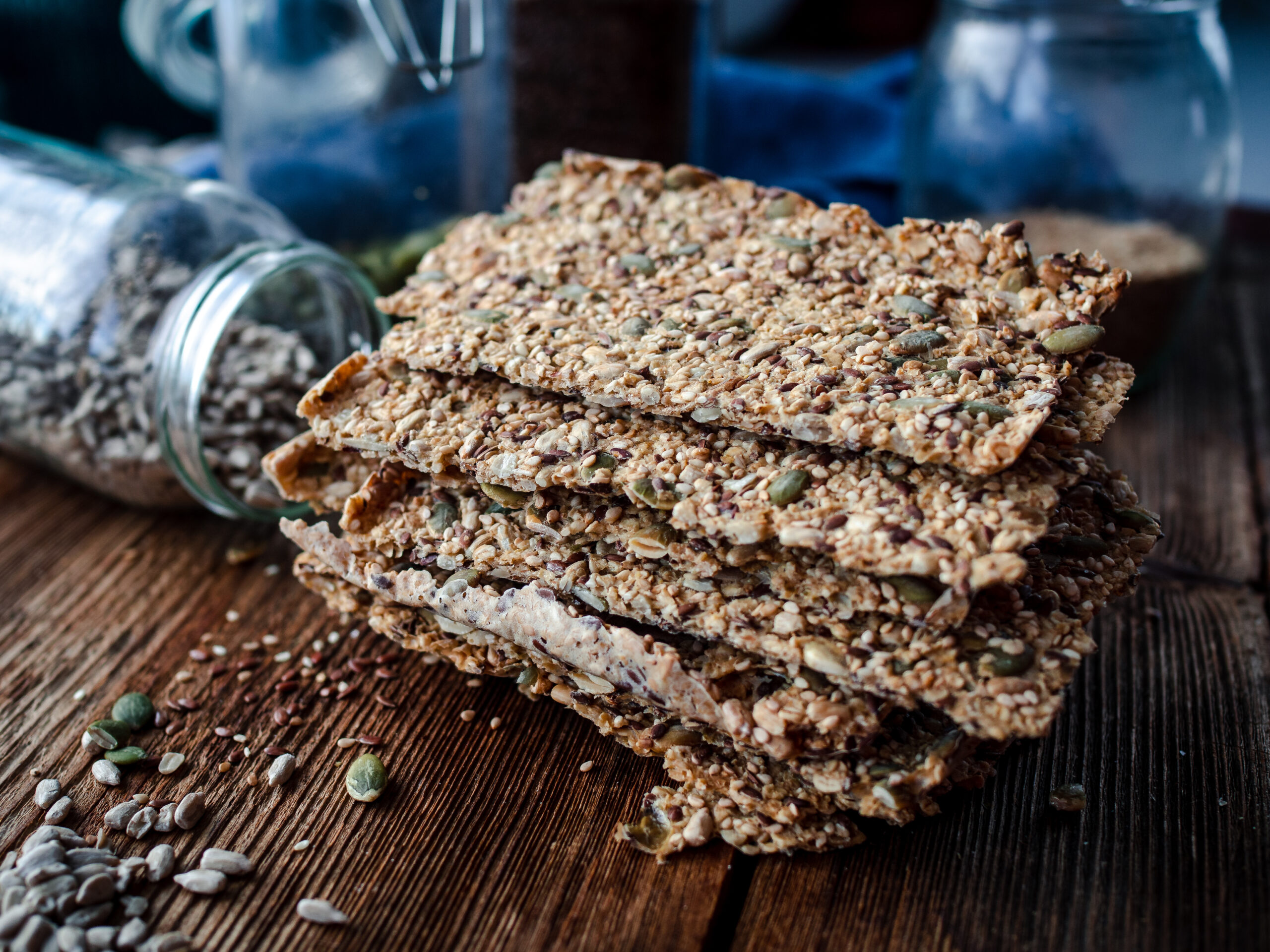
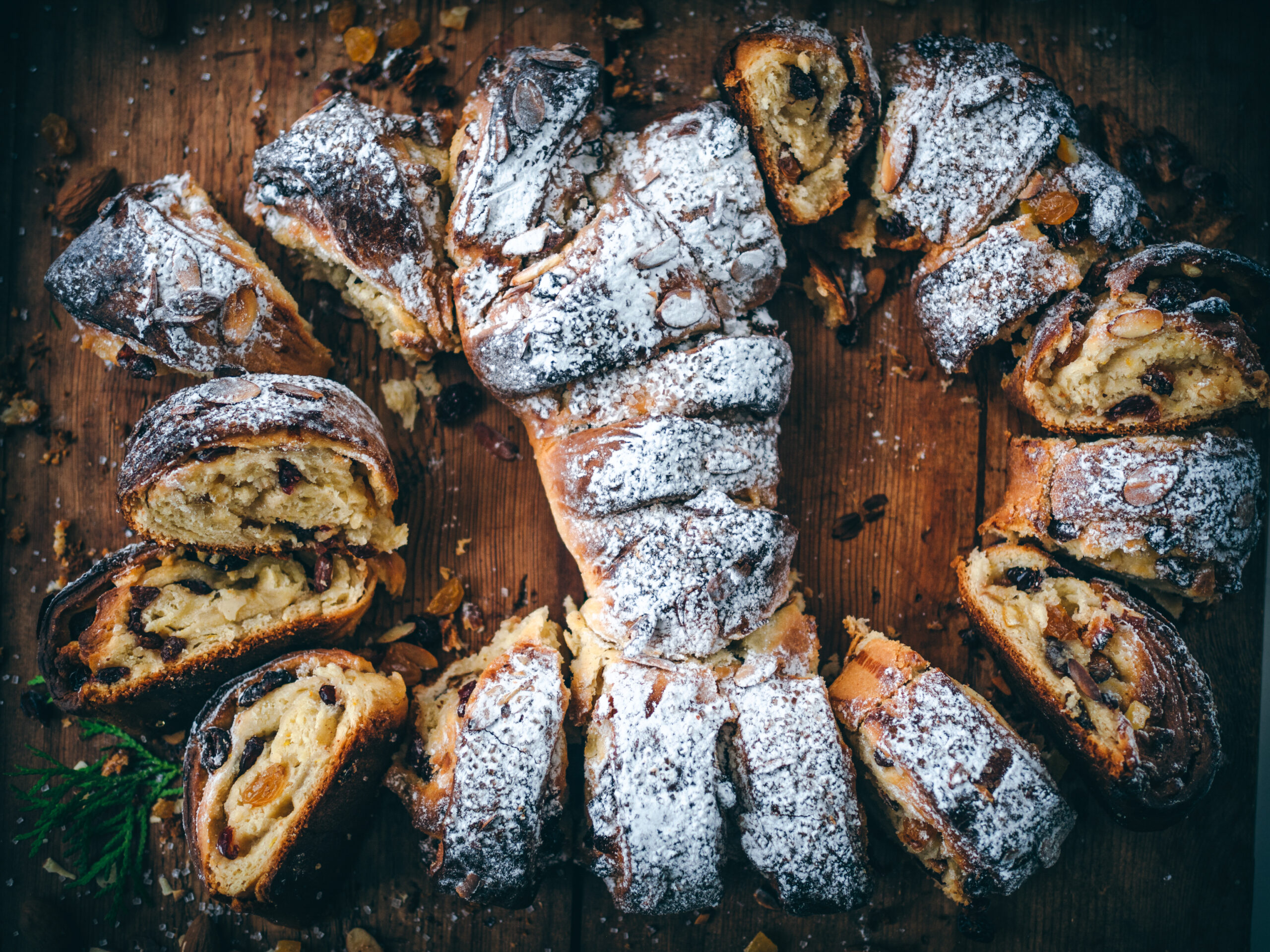

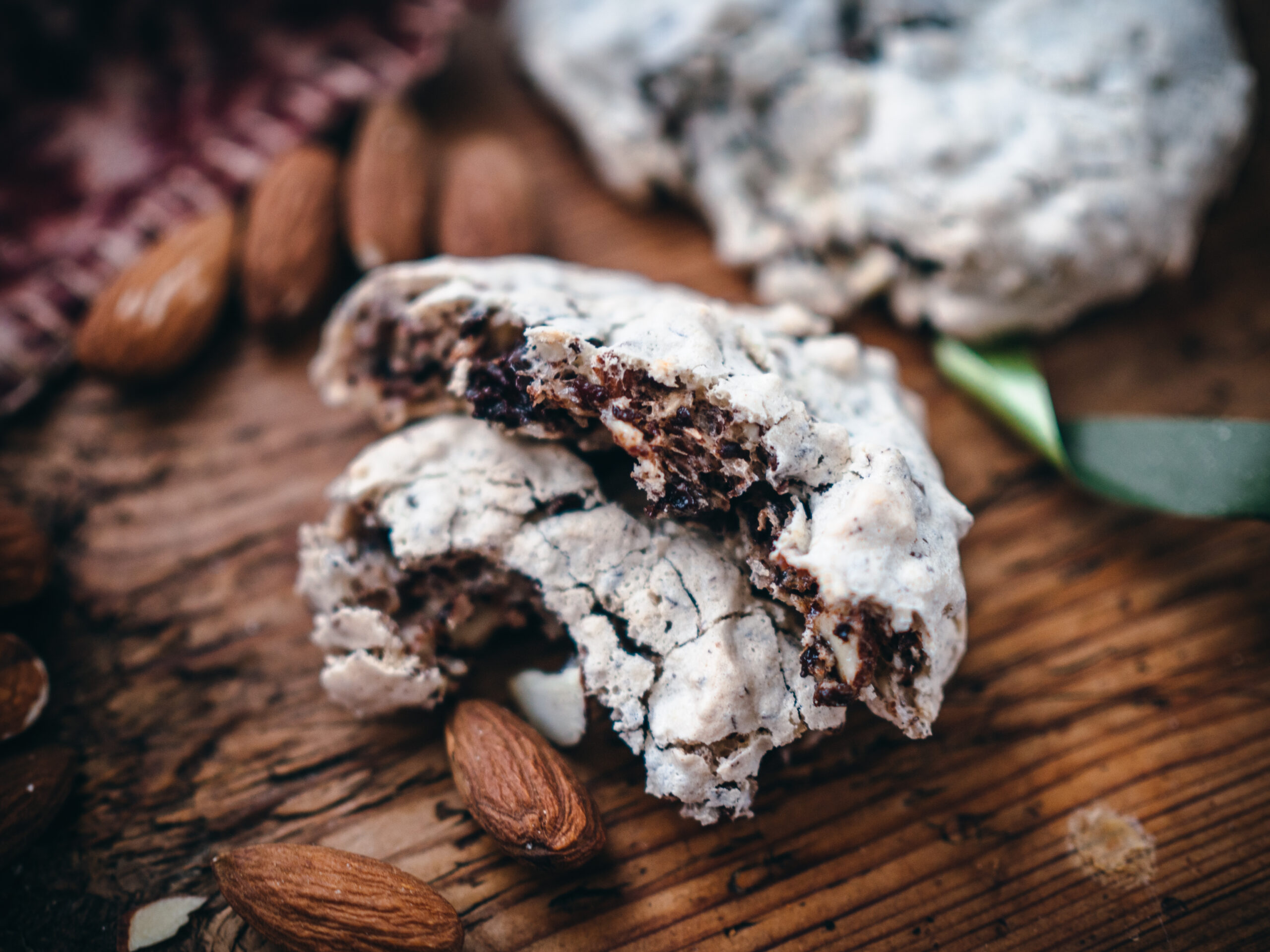
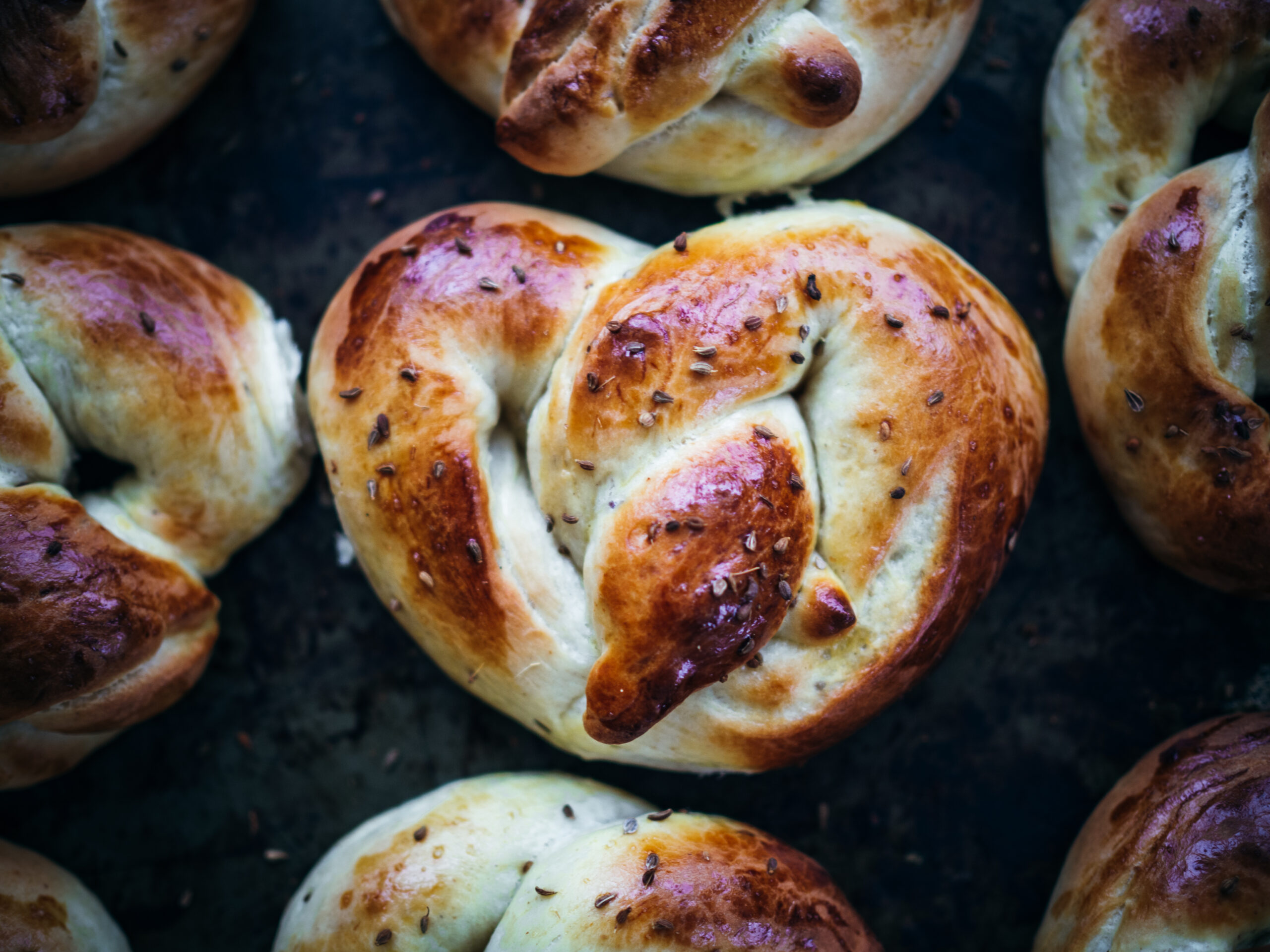
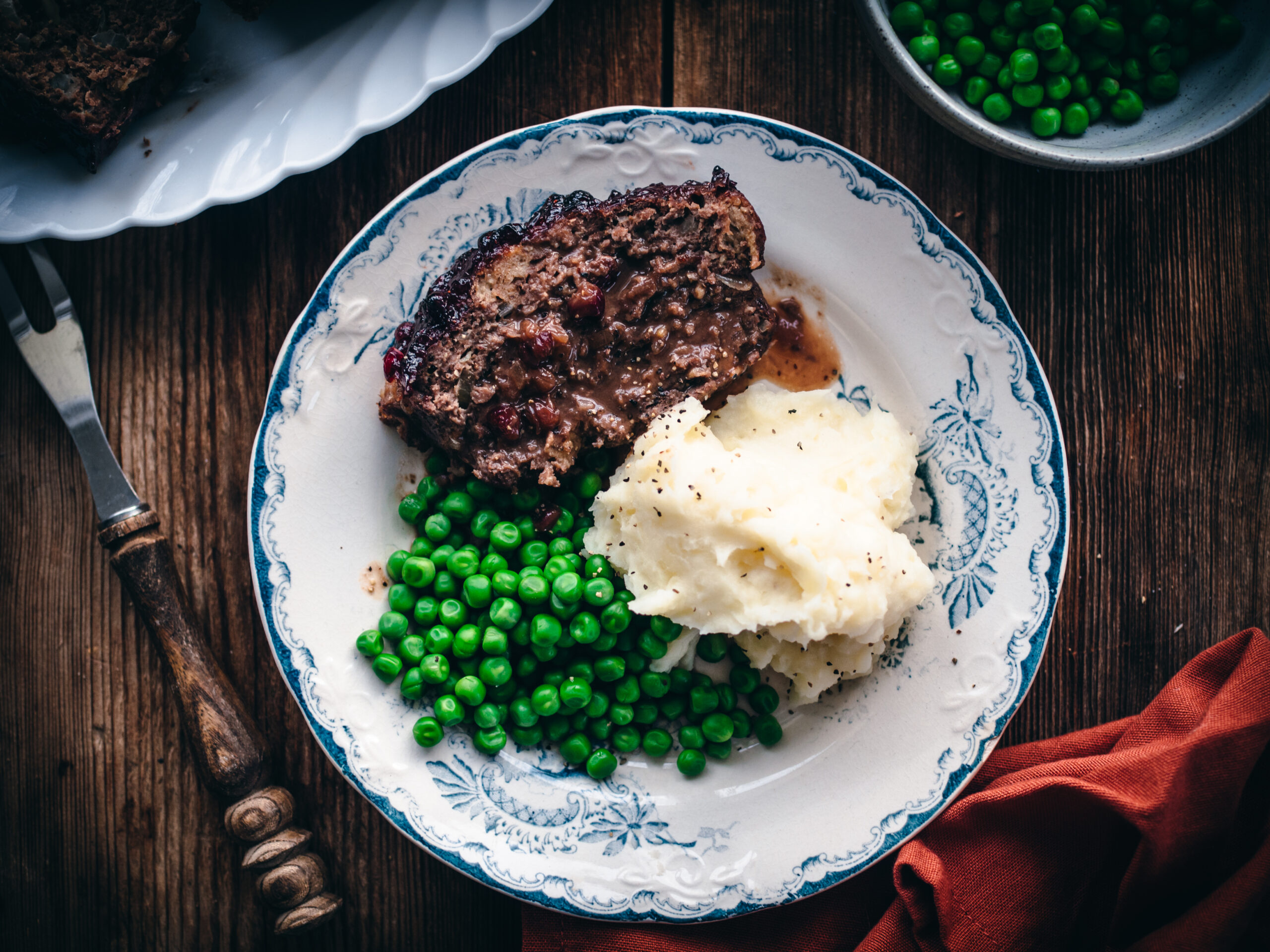
When you say blend, do you mean in a blender or food processor?
Hi Brad, thanks for asking! I mean to combine it together with a spatula or wooden spoon. I will clarify in the instructions, thanks!